Researchers have found a gene in a wild species of tomato that allows the plant to tolerate continuous light, potentially leading to a 20% yield increase in commercial varieties. One of the major limitations for crop productivity is the amount of light available each day but cultivated tomato plants often develop damaging leaf injuries when […]
Tag: genetics
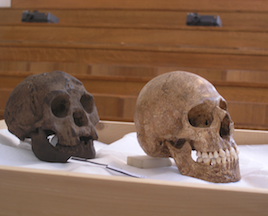
‘Hobbit’ Homo floriensis may not be a new species
The newly discovered ‘hobbit’-sized Homo floriensis found in Indonesia may only have been regular individual with Down syndrome, a new study suggests. A team of researchers shows in a first paper that the asymmetry of the skull and its small brain can be explained by some genetic disorder, and that it doesn’t provide enough evidence […]
New DNA technique could speed up genetic screening before birth
A new technique makes it easier for single molecules of DNA to be stretched out and imaged, which could lead to faster detection of genetic abnormalities in human embryos. The technique involves putting single DNA molecules in a liquid on top a bed of nano-sized grooves, then gently lowering a curved ‘lid’ on top. As […]
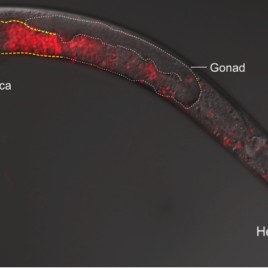
‘Killer sperm’ prevents mating between worm species
In Caenorhabditis worms, sperm from a foreign species can attack the organs of a female, rendering her sterile or even killing her according to new research. Researchers believe the ‘killer sperm’ may be the result of a divergence in the evolution of worm species’ sexual organs. For example, hermaphrodite worms—which produce their own sperm and fertilize […]
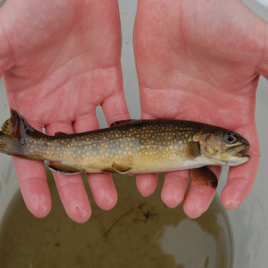
Small populations have more diversity than previously thought
Populations of trout living in streams with a small number of breeding adults still have enough genetic variation to be able to adapt to environmental changes according to a new study. Researchers found that streams with as few as 70 adults had more genetic variation than expected. Such variation provides a greater ability to adapt to environmental changes. […]
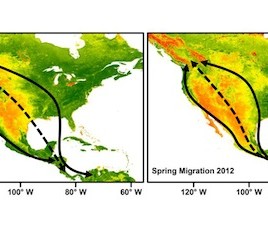
Mixed genes lead to mixed migration
A new study indicates that genetics can have a strong influence on bird migration patterns. Using geolocators strapped to the backs of Swainson’s thrushes researchers were able to map the birds’ migration from British Columbia to South and Central America each year. As expected birds of one population chose one route, while birds of another population chose another. However hybrid […]
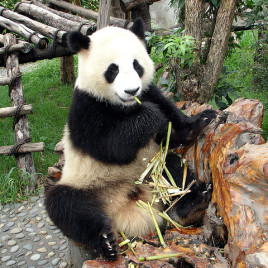
Captive population of giant pandas is healthy
The population of captive giant pandas in China is genetically healthy, a new study shows. Researchers have observed high levels of genetic diversity and low levels of inbreeding in pandas living in four Chinese breeding centres. The researchers came to their conclusion after analayzing 240 pandas out of 341 that are kept in captivity. The authors hope […]
Gene variant reduces risk of Alzheimer’s disease
A new study shows that a particular gene variation is associated with a lower risk of developing Alzheimer’s and a delay in the onset of symptoms. The study analyzed the brains of 800 Quebecers and found that a variant of a gene carried by about a quarter of the population is associated with a 50% […]

The 1000 Bulls Project: New bovine genomes published
The first phase of the “1000 Bulls Project” reports complete DNA sequences for 234 animals that are considered key ancestors of the worldwide Holstein-Fresian, Jersey and Fleckvieh breeds. By cross-referencing the tiny differences in these genomes with information on the animals performance – milk production (in dairy animals), weight gain (in beef cattle), genetic defects, […]
Predicting species tolerance to pesticides
A new computer model could help biologists predict how various species will respond to pesticides. Because of varying responses to pesticides between species – including their tendency to develop tolerance – it’s costly and difficult not only to judge their potential effectiveness but also to manage the unintended consequences in non-target species. The new model […]
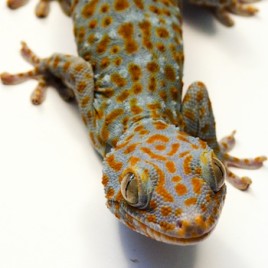
Electrical charges help geckoes stick
Researchers have gained new insight into how geckos are able to walk on almost all surfaces, even upside down. Previous studies have attributed the stickiness of gecko toe pads to a type of force called van der Waals attractions that acts on the tiny hairs – called setae – covering the bottom of geckos’ toe […]
Enzyme detector could lead to greener pulp and paper
Researchers have developed a new process to screen microorganisms for new enzymes that could make pulp and paper processes greener and cheaper. Lignin — one of the main components of wood — is hard to break down and usually requires treatment with harsh chemicals. However, some microorganisms use enzymes to break down lignin in nature. The […]
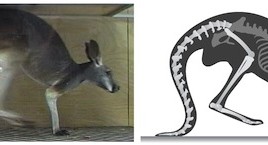
The kangaroo: A five-legged animal
New research shows that when they’re not hopping, kangaroos use their tails as a fifth leg to help propel them forward. Researchers trained five red kangaroos to walk over a force-measuring platform and discovered that rather than simply acting as a prop — as a pair of crutches would — the tail acts like […]
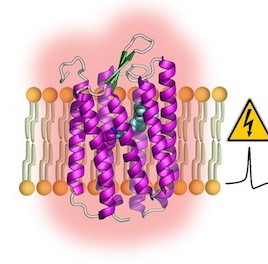
Glowing proteins could help brain imaging
Scientists have developed a new protein capable of glowing red in response to electrical signals in neurons, a tool which could become a boon to brain researchers. The technology could one day be used to produce mice or fish with ‘glowing brains’ that could greatly improve the ability of neuroscientists to understand mental processes. The proteins […]
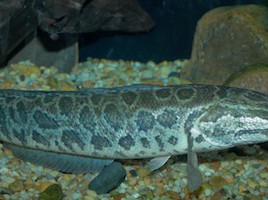
DNA barcoding could help catch invasive snakeheads
A new set of DNA barcodes could help combat the notoriously invasive fish known as snakeheads. Snakeheads are native to Asia and are believed to have been introduced to North American rivers by private collectors dumping their unwanted pets. Identification is difficult because the juveniles and adults can look very different, while fish from different […]

GM rats and maize | Expert Comments
Expert Comments – GM maize and rats In 2012, a study was published in Food and Chemical Toxicology by Séralini et al. titled “Long term toxicity of a Roundup herbicide and a Roundup-tolerant genetically modified maize.” The paper’s design, methodology and use of statistical tools attracted a great deal of criticism from the scientific […]